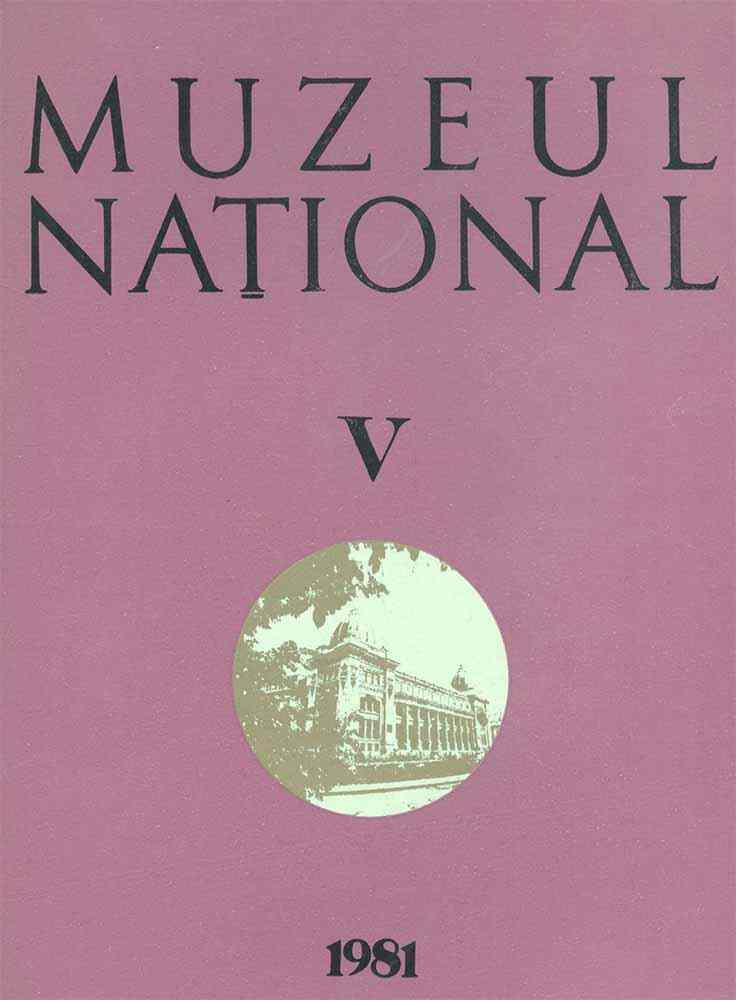
Concepţia despre stat a stolnicului Constantin Cantacuzino / La conception du „stolnic" Constantin Cantacuzino sur l'Etat
| Autori |
|
| Limba de redactare | română |
| Descriptori |
|
| Excerpt | The High Steward Constantin Cantacuzino (1640—1716), a Romanian scholar and humanist, with important contributions to the development of culture in the south eastern Europe, was also a remarkable politician. He led the chancellery and the foreign policy of the Romanian Princes Şerban Cantacuzino if1678—1688), Constantin Brîncoveanu (1688—1714), Ştefan Cantacuzino (1714—2726), period during which he precisely stated his outloows on the state, at the basis of which was the ideea, typical for the Middle Ages that God's will was decisive for the appearance of the state and for the action directions of the state leaders. However, Under the influence of the Renaiscence thinking, he sometimes .got out from under the influence of the religious dogma. He thus supported Euripides' principle : „to reign, you may violate laws". Constantin Cantacuzino did not sustain hat the power of the Romanian state and people could be accomplished only by means of the union, as the Prince Michael the Brave had done in 1600. The fundamental principles in leading a state had to be obeyance and patience that could work out any problem. Decisions were not to be ever taken by a man alone, but by the monarch together with his council, therefore they had to be collective. Constantin Cantacuzino was the one who organized the modern chancellery of Wallachia to an ever greater extent. He made that the principle of the political equilibrium should be applied in the south-eastern Europe, he created an intelligence service based on a net of agents covering the whole Europe, made use of cipher and exchanged information permanently. He thus quickened for la while the influence of the Phanariot régime, being an example of .the way in which a historical personality can influence his contemporaneity. |
| Paginaţia | 199-204 |
| Descarcă fişierul | |
| Titlul volumului de apariție |
